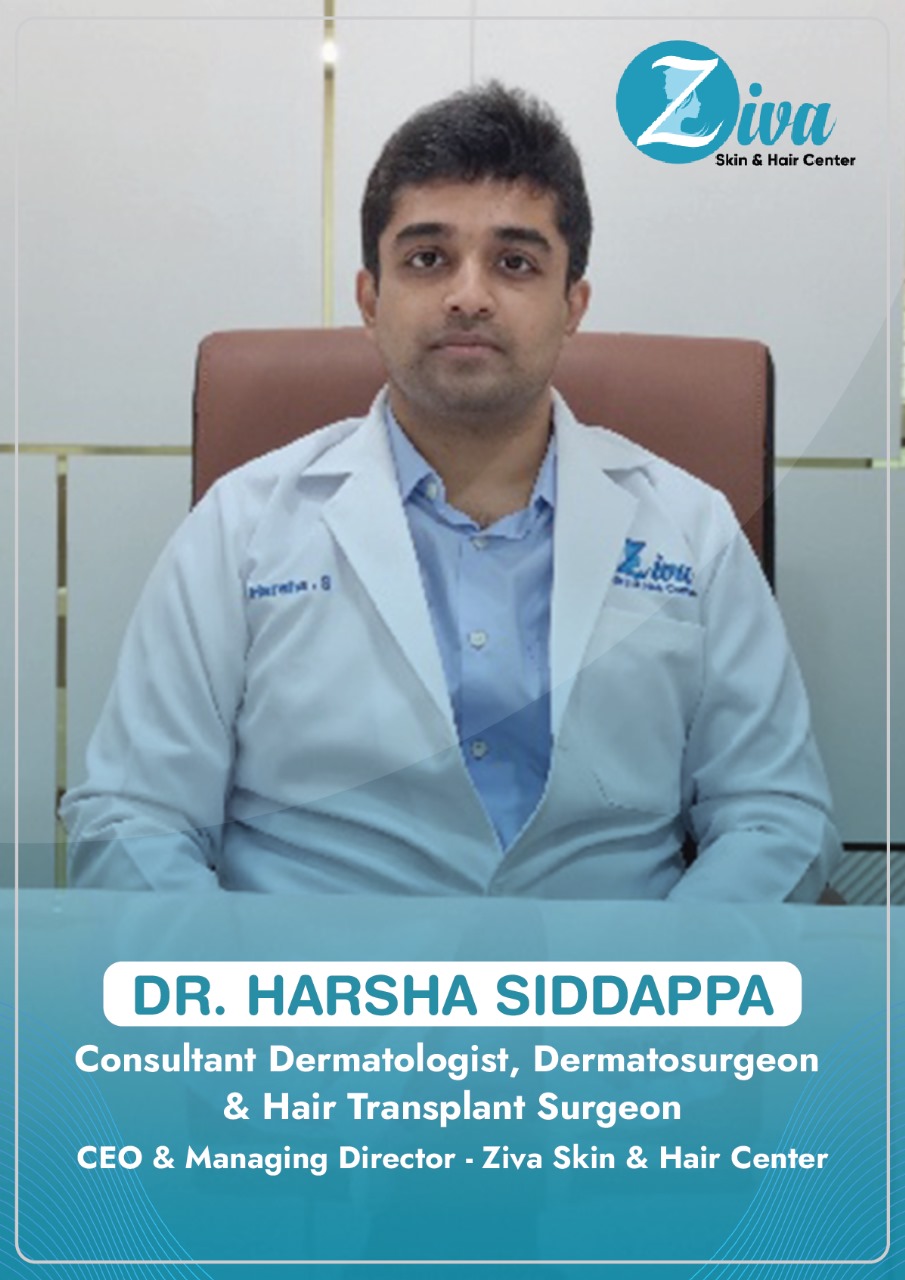Acne scar treatments

Acne scars can be a source of concern for many people, but there are several effective treatments available to help reduce their appearance. It’s important to note that the effectiveness of these treatments can vary depending on the type and severity of the acne scars, as well as individual factors. Here are some commonly used acne scar treatments:
Topical creams and ointments: Over-the-counter or prescription creams containing ingredients such as retinoids, alpha hydroxy acids (AHAs), or silicone can help improve the appearance of mild acne scars over time. These products promote skin cell turnover, which can help fade scars and improve skin texture.
Chemical peels: This treatment involves applying a chemical solution to the skin, which exfoliates the outer layer, allowing new, healthier skin to grow in its place. Chemical peels can help reduce the appearance of shallow acne scars and improve skin texture. They are available in different strengths, and the depth of the peel can be adjusted based on the severity of the scarring.
Microdermabrasion: This procedure uses a device to gently exfoliate the outer layer of the skin, removing dead skin cells and promoting new cell growth. Microdermabrasion can help improve the appearance of mild acne scars, although multiple sessions may be required for optimal results.
Dermabrasion: Similar to microdermabrasion, dermabrasion involves removing the top layer of skin. However, dermabrasion is a more aggressive procedure that requires local anesthesia. It is typically used for deeper acne scars and can provide more significant improvement. The recovery time for dermabrasion is longer compared to microdermabrasion.
Laser resurfacing: This treatment uses laser technology to remove the outer layer of the skin, stimulating collagen production and promoting the growth of new skin cells. Laser resurfacing can be effective for various types of acne scars, and it offers more precise control over the treatment depth compared to dermabrasion. There are different types of lasers used, such as ablative lasers and non-ablative lasers, depending on the severity of the scarring and desired results.
Microneedling: Also known as collagen induction therapy, microneedling involves using a device with fine needles to create tiny punctures in the skin. These micro-injuries stimulate collagen production and improve skin texture. Microneedling can be effective for certain types of acne scars, and multiple sessions are usually needed for optimal results.
Fillers: Dermal fillers containing substances like hyaluronic acid can be injected into depressed acne scars to help raise them to the level of surrounding skin. This can help improve the overall texture and appearance of the skin. The results are temporary, and repeat treatments are typically required to maintain the effect.
Surgical procedures: In some cases, surgical procedures such as punch excision, subcision, or skin grafting may be recommended for more severe or deep acne scars. These procedures involve physically removing the scar tissue or redistributing it to improve the skin’s appearance.


